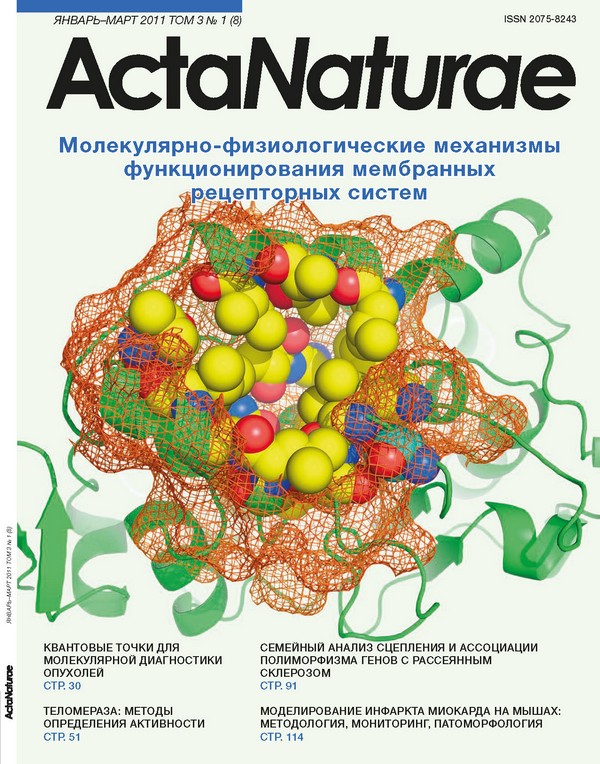Полный текст
At the time this article was being written, twelve countries were participating in the consortium: Italy, Spain, France, Germany, Great Britain, the United States, Canada, India, China, Australia, and Japan. Mexico is also reported to be on the verge of joining. Information on which country is “responsible” for a particular cancer type can be found on the Consortium website http:// www.icgc.org. The total budget of the ICGC was announced at the Brisbane Conference. The sum is rather impressive: 500 million to determine that well-known genes -tumor growth suppressors - are mutated, while oncogenes are either amplified or characterized by an elevated level of transcription. The answer was given in the form of a lecture by Prof. Rob Sutherland, who was the first to propose anti-estrogen therapy for breast cancer. He explicitly stated that the scheme of therapy for each particular patient will be selected depending on the “genotype” of the mutations in his tumor. Herceptin, which is efficient only upon HER2+ malignant neoplasms of the breast, can serve as a striking example. The opposite is also true: mutations may disturb a certain methabolic pathway in tumor cells; therefore, a therapeutic drug, which would block this disturbance, could be found among the drugs that are very unlike those used in oncology. Hence, both concepts (“the right drug for a particular tumor” and “the right tumor for a certain drug”) are valid. Such a change in the paradigm of pharmaceutics could considerably accelerate and improve the results in clinical trials of anti-tumor drugs. This means that in the future we are bound to witness a number of experiments devoted to finding the correlation between a whole-genome genotype of mutations in a tumor and the most efficient method for anti-tumor therapy. It is the underlying purpose of the ICGC consortium; namely, a transition to personified therapy for oncology patients. The issues of bioinformatic processing of genetic information were discussed in addition. With a considerable reduction in the cost of genome sequencing, the amount of data generated increases. Increasing computer resources are necessary in order to process, store, and provide access to the results obtained. The costs of computer resources compensate for the fall in prices and make the cost of the entire investigation even higher. Time will tell for how long the pursuit of cancer genomes will continue. Thus far, the amount of investigations is surely on the increase; the consortium is expected to have new participants with new projects. •







